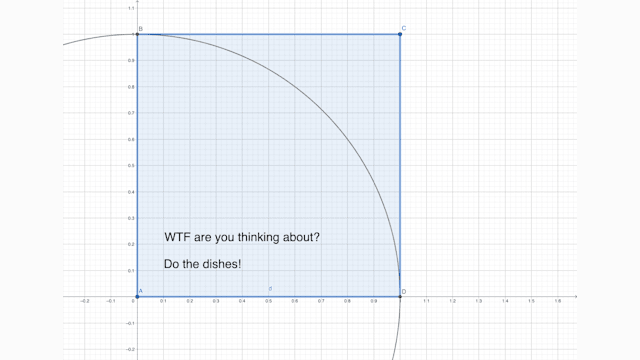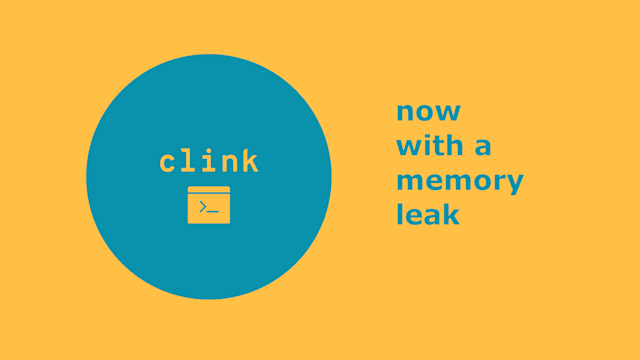
Notes on running LLM locally
I have been interested in image-to-text transformation for a long time, but haven't had any use cases. No more.
Eventually, I want to add a search feature to BAR (a static website generator that generated this article). A significant portion of this blog consists of pictures, and the search would not be complete without indexing them. As a first step towards that goal, I want to add an image caption generator with only two requirements: It should work offline and be as rusty (by the way) as possible.
In the end, I managed to cannibalize an example from the Candle repository and run a tiny, by modern standards, Moondream1 model on a CPU or Metal. Theoretically, it can also work on CUDA, but I do not have any NVIDIA device to test.
I am very surprised that there are only three options.
One is extremely slow (CPU), and the other two (Metal/CUDA) are proprietary systems. I somehow expected that WebGPU already dominates in that area.
It does not work completely offline because I don't want to add ~3.7 GB to the BAR. When the generator is enabled for the first time, it will download the model from Huggingface. It will also download the remote images without alt text. Generating captions is hard if you can't see the picture.
To process 1275 images, with the prompt Describe image in one sentence. Be precise. Moondream1 spends around half an
hour on the Apple M2 Max. I want to try to parallelize it, but I do not have high hopes.
For ^ that image, a Describe image in one sentence. Be precise. prompt with 0.1 temperature produces the following
caption: A white electronic device with several buttons is held in a hand.. Which is is good enough for now. I guess
that to achieve better quality, I need a significantly larger model. I have not tested that theory, mainly because I do
not know how to benchmark the results of different LLMs or prompts.
I find it incredible that I can deliver such a feature in less than 300 lines of code. However, judging by how quickly it consumes the battery, we will need significantly more energy to run all those LLMs. That makes me want to learn more about fusion reactors and what the current best thing is after lithium-ion batteries.



